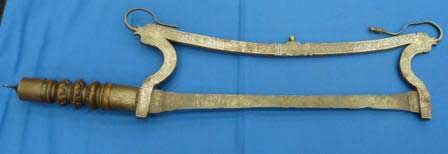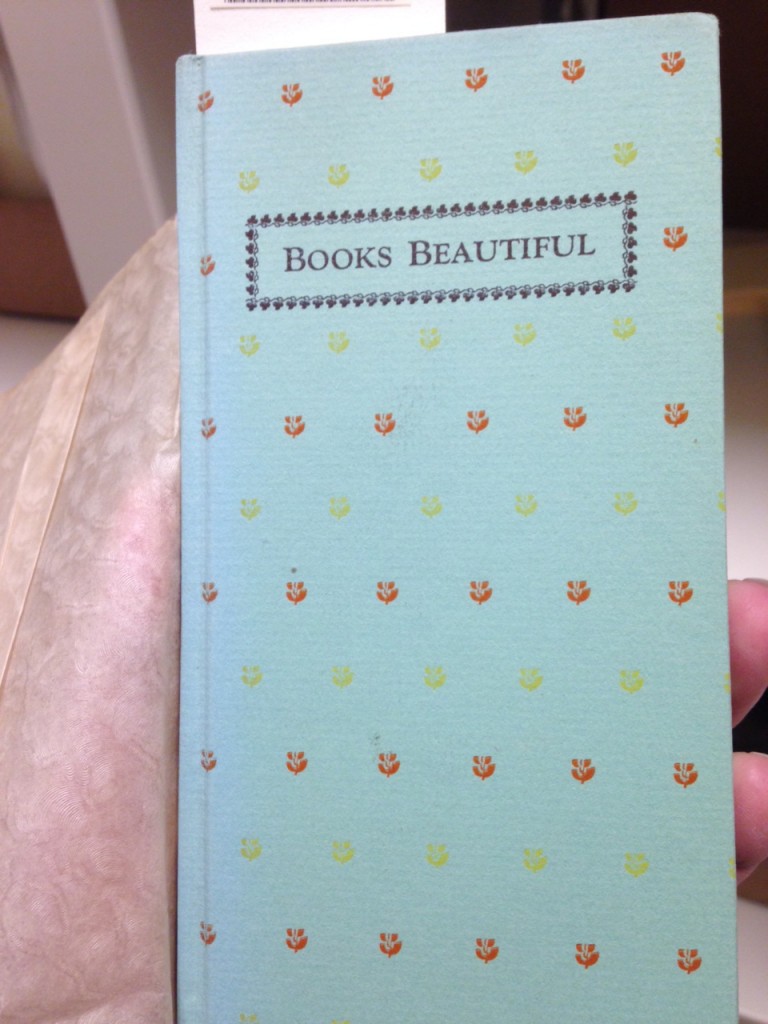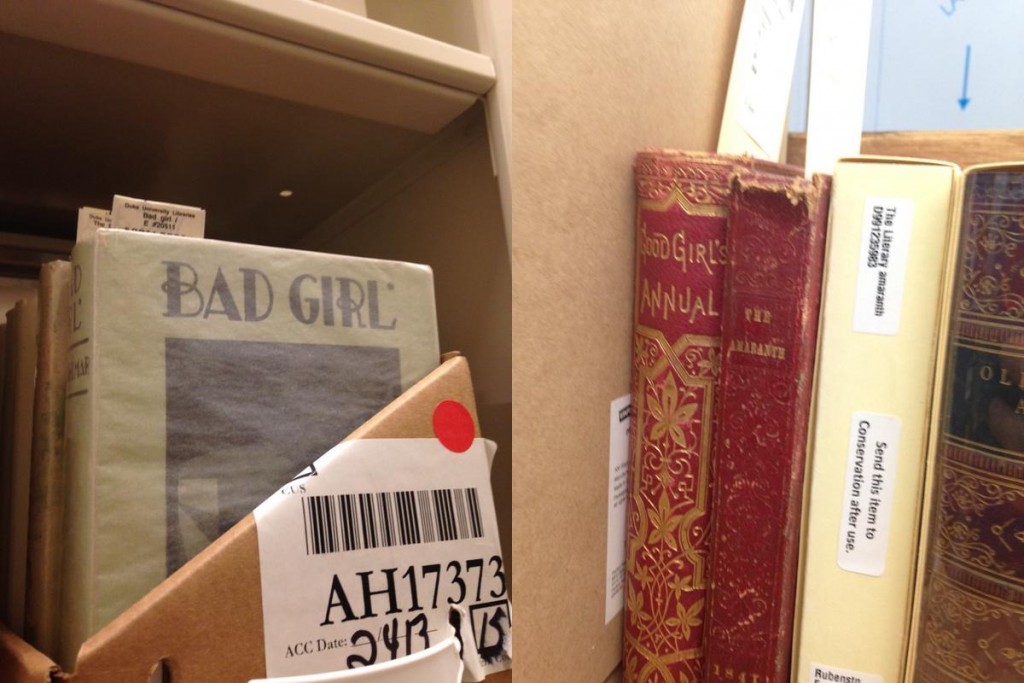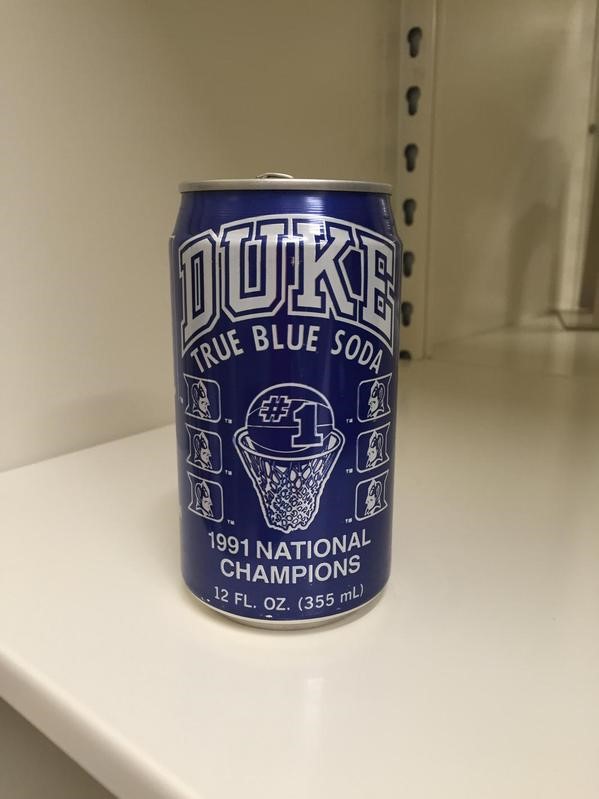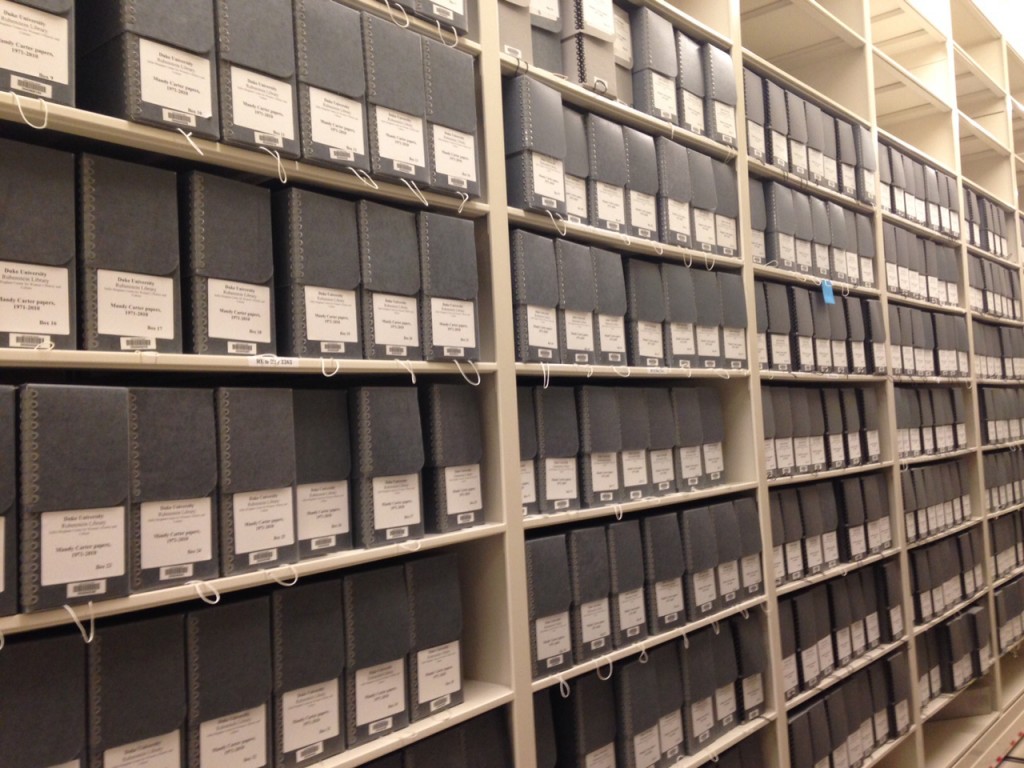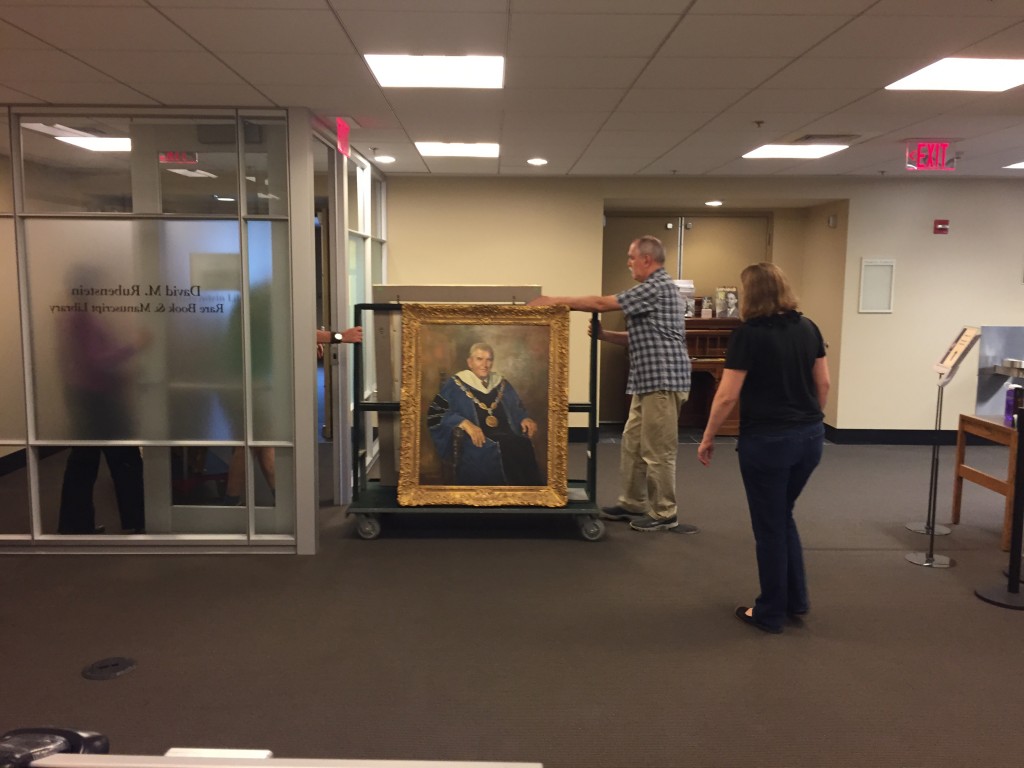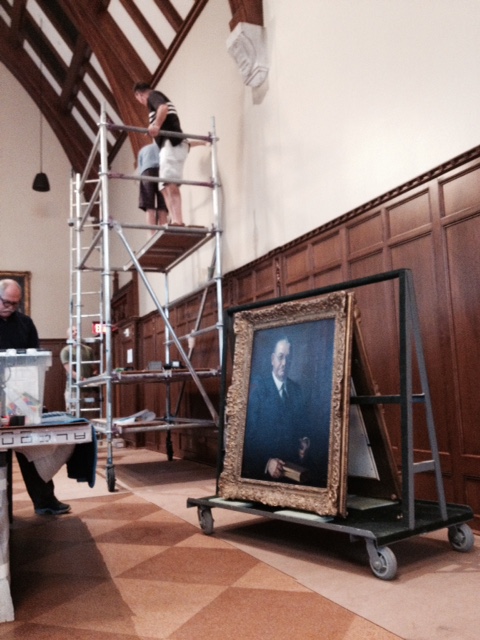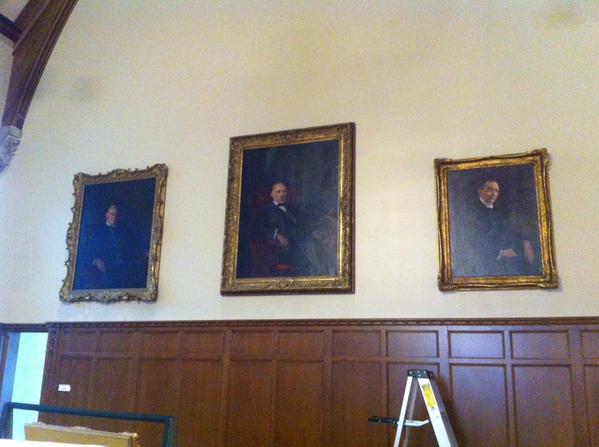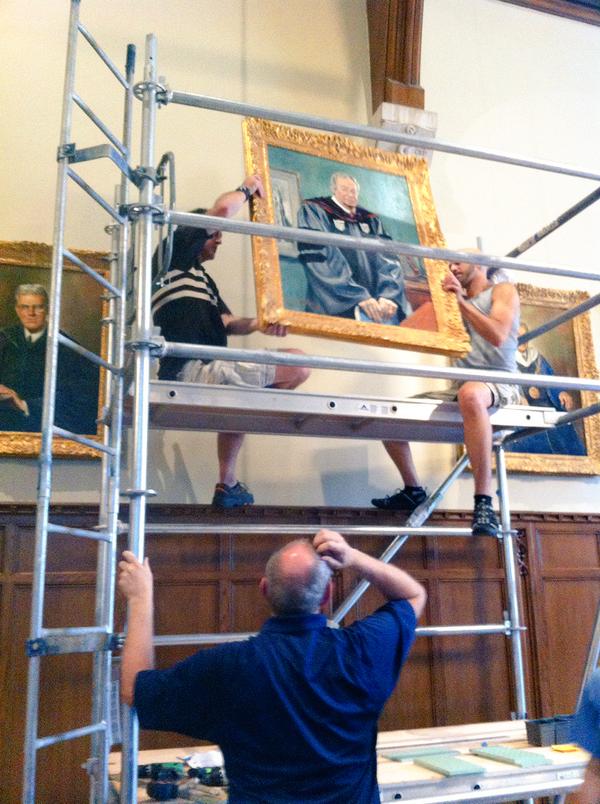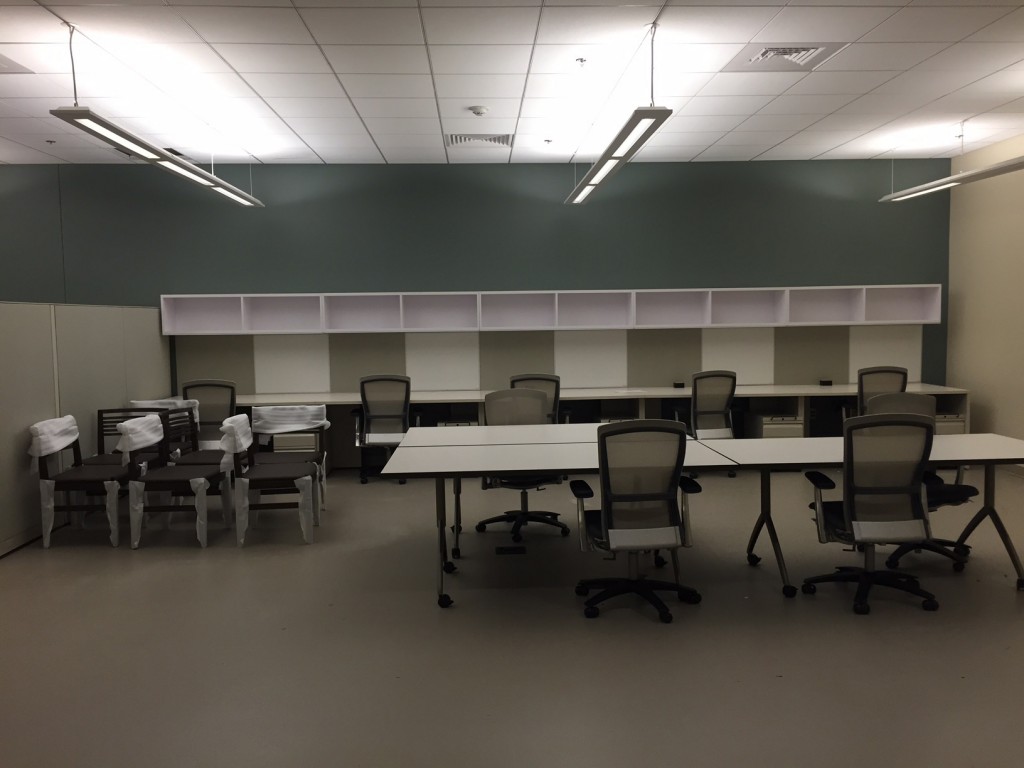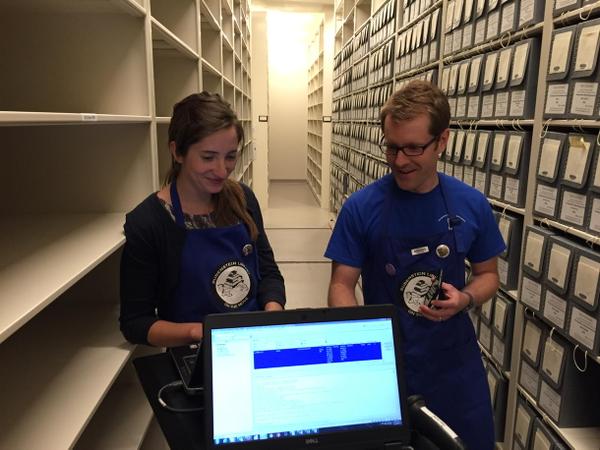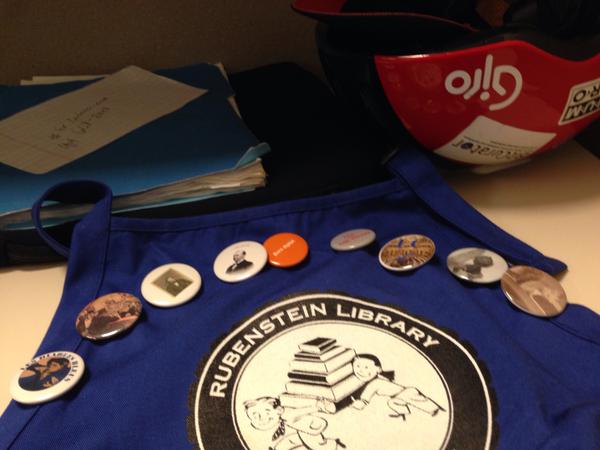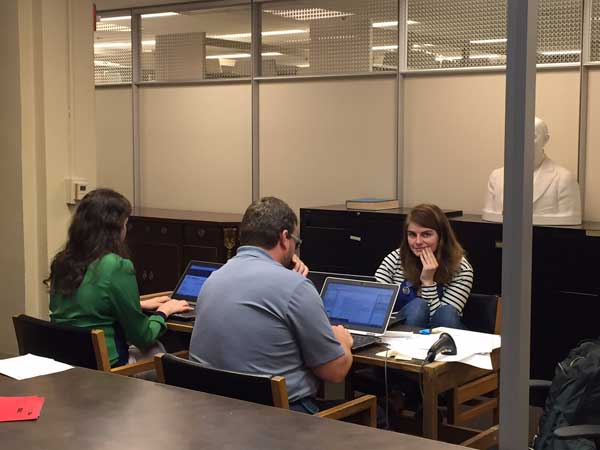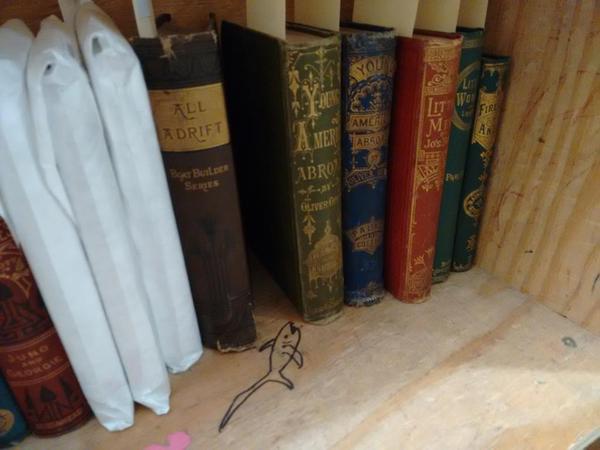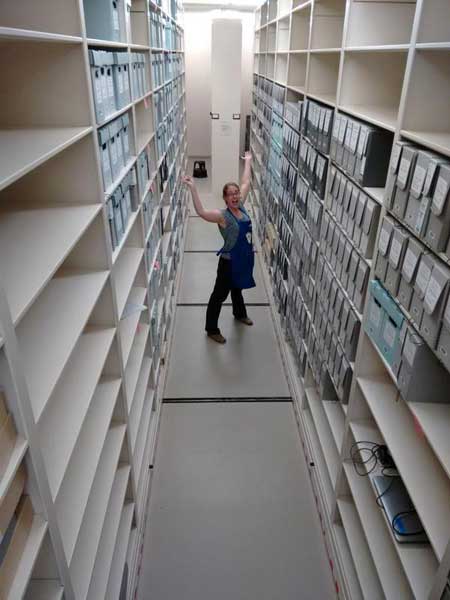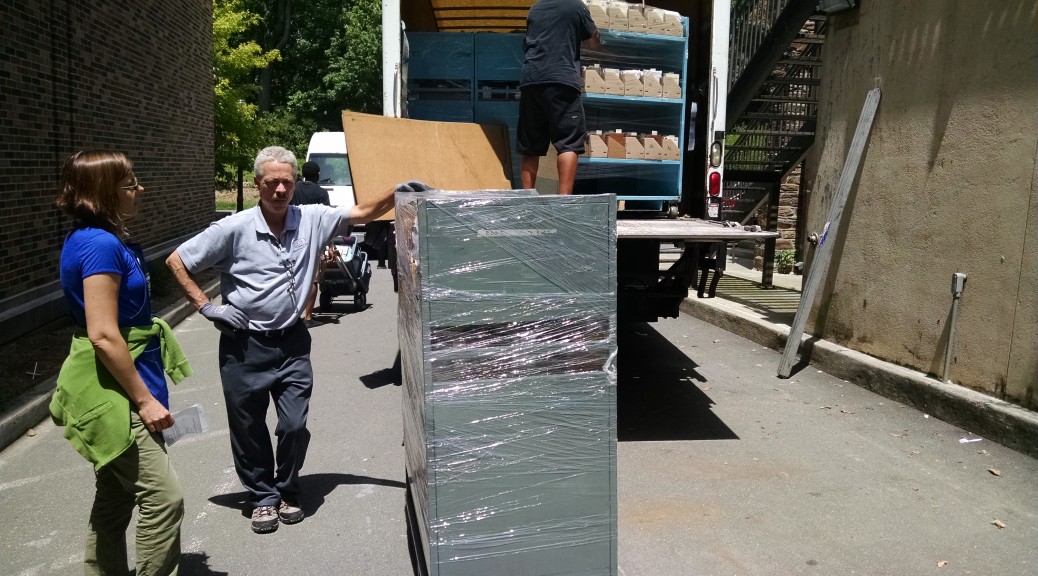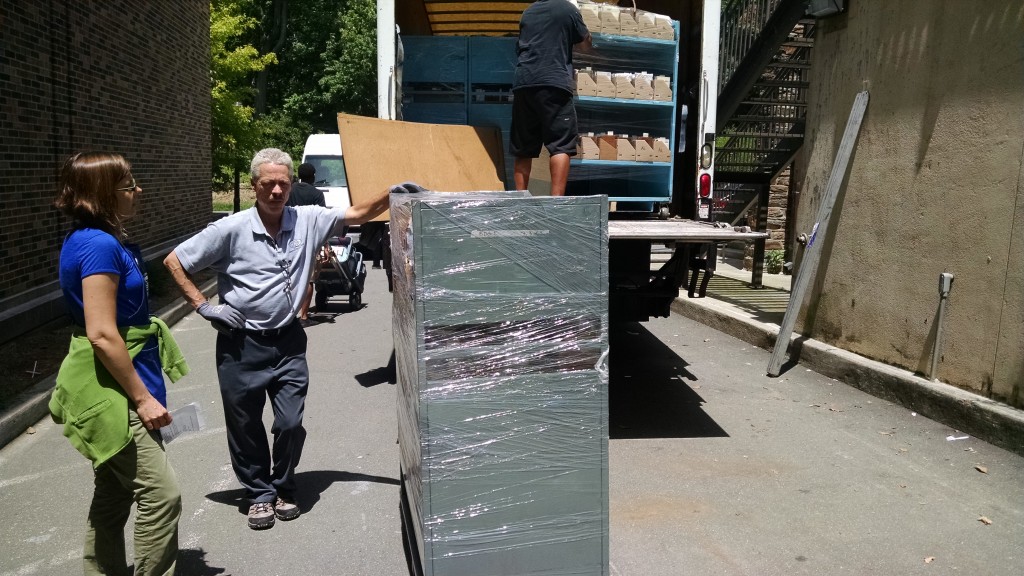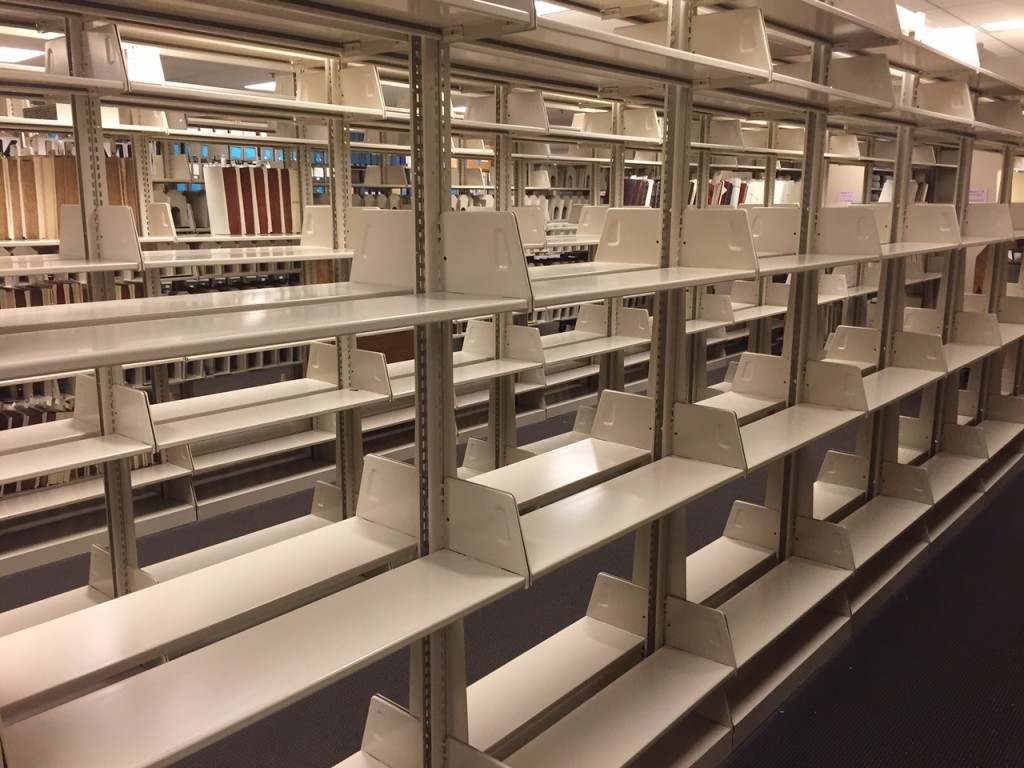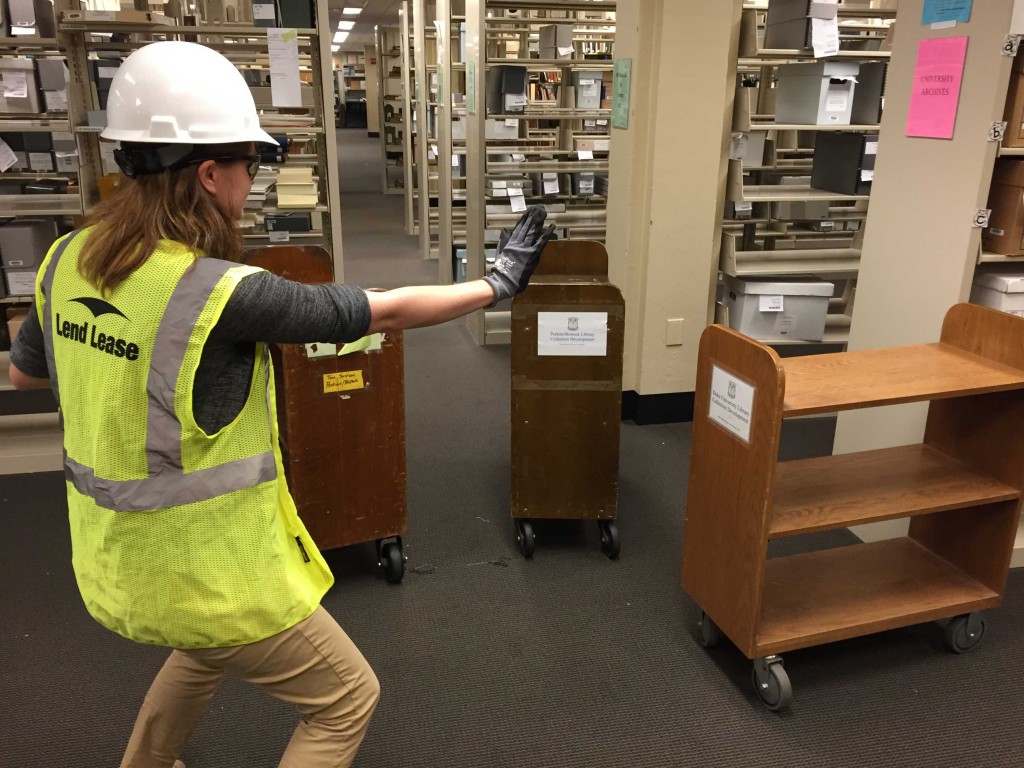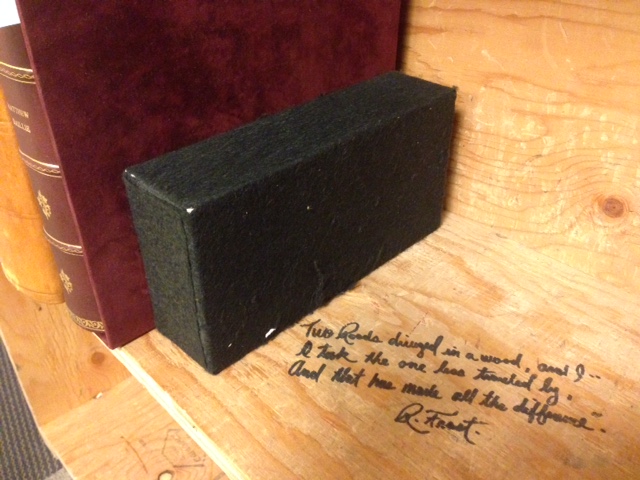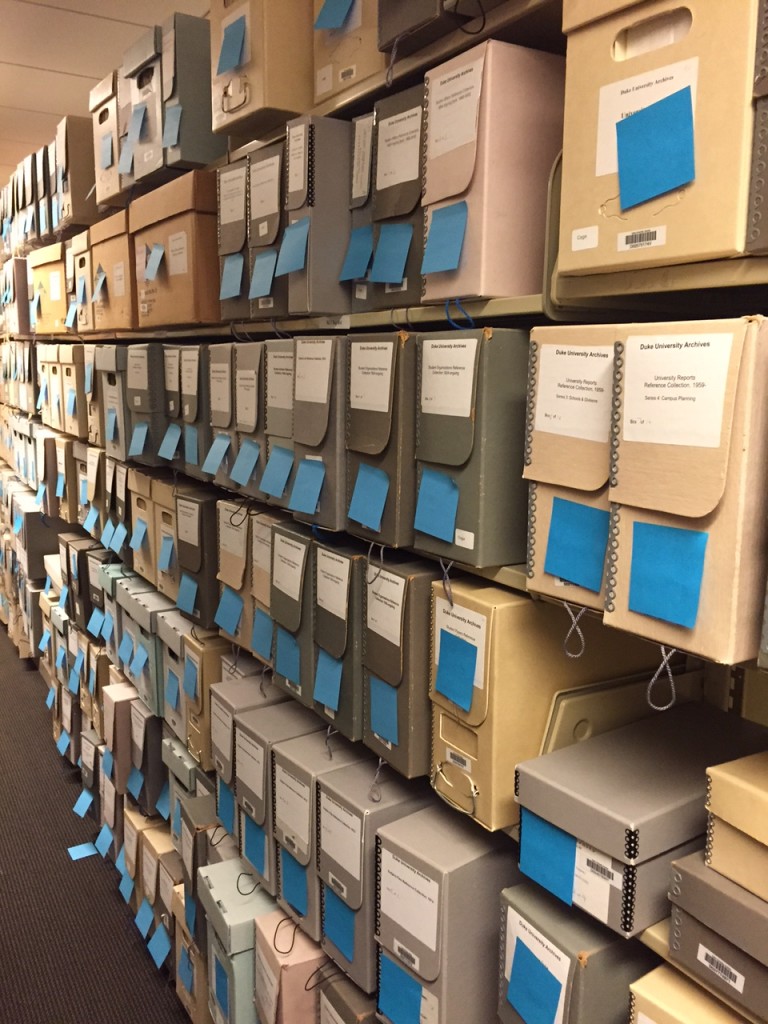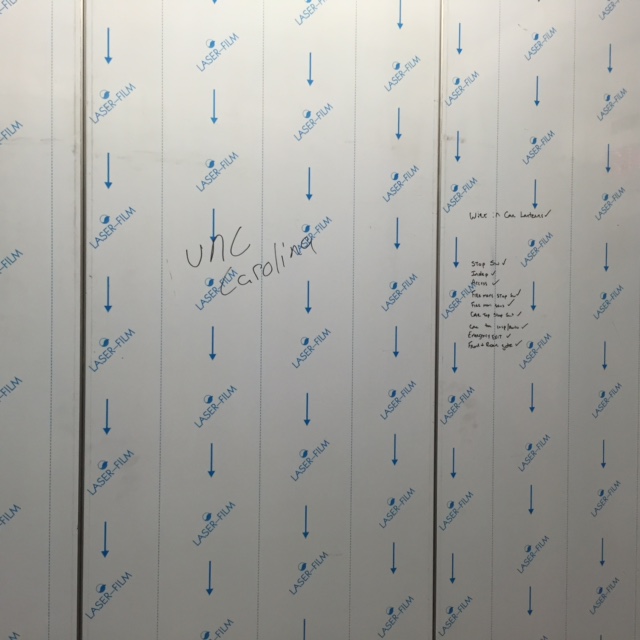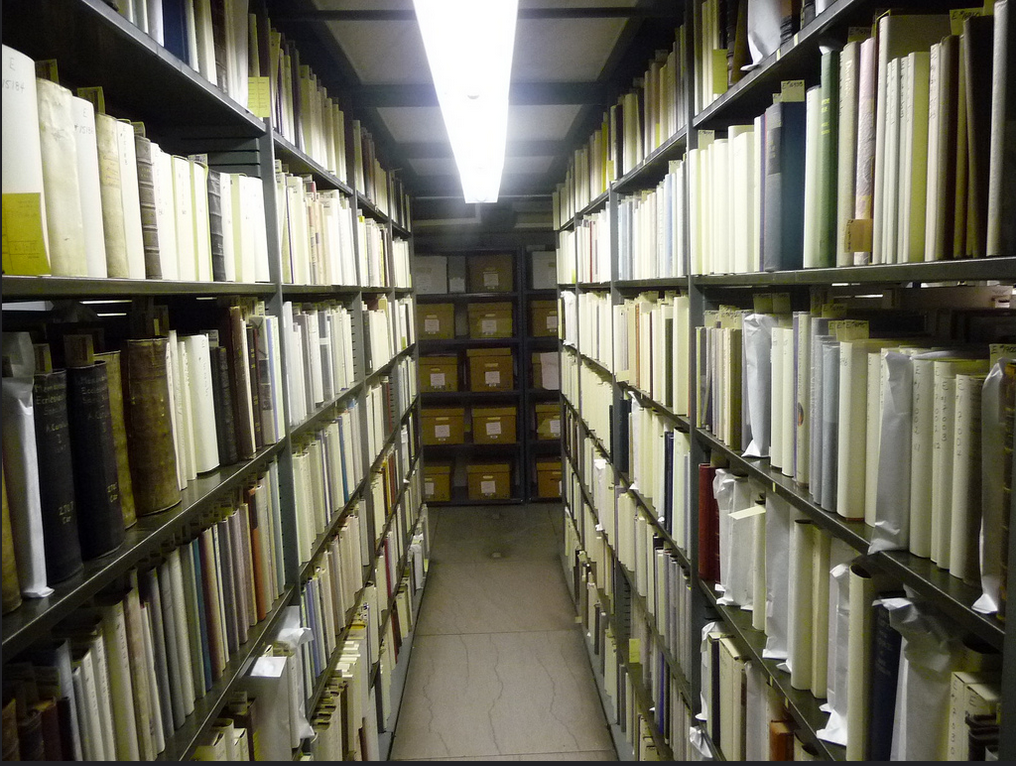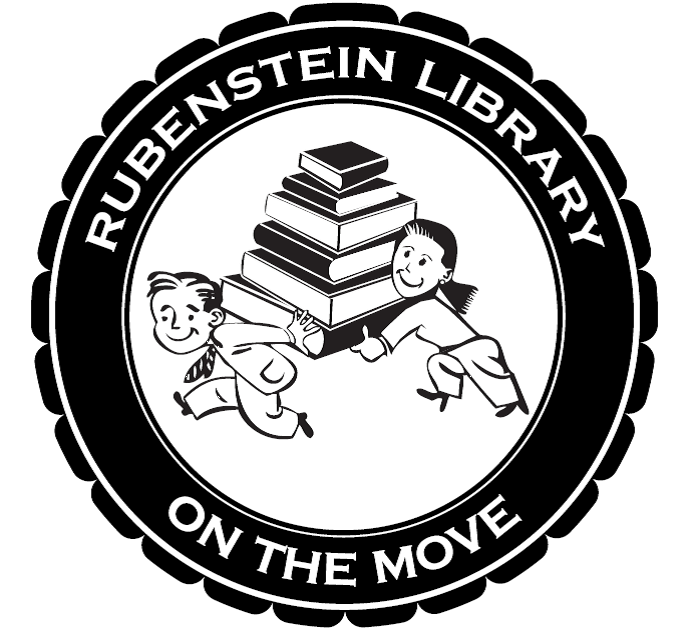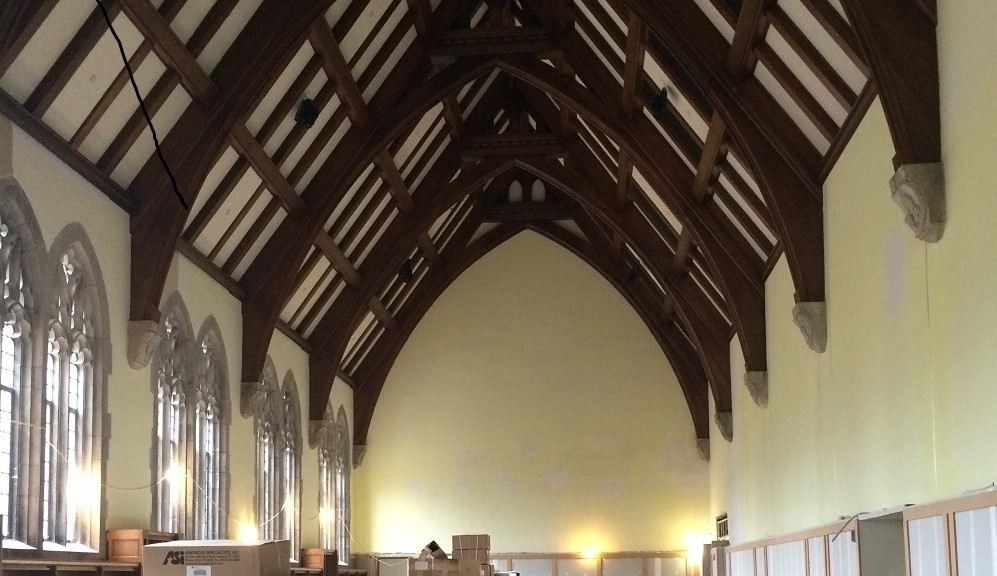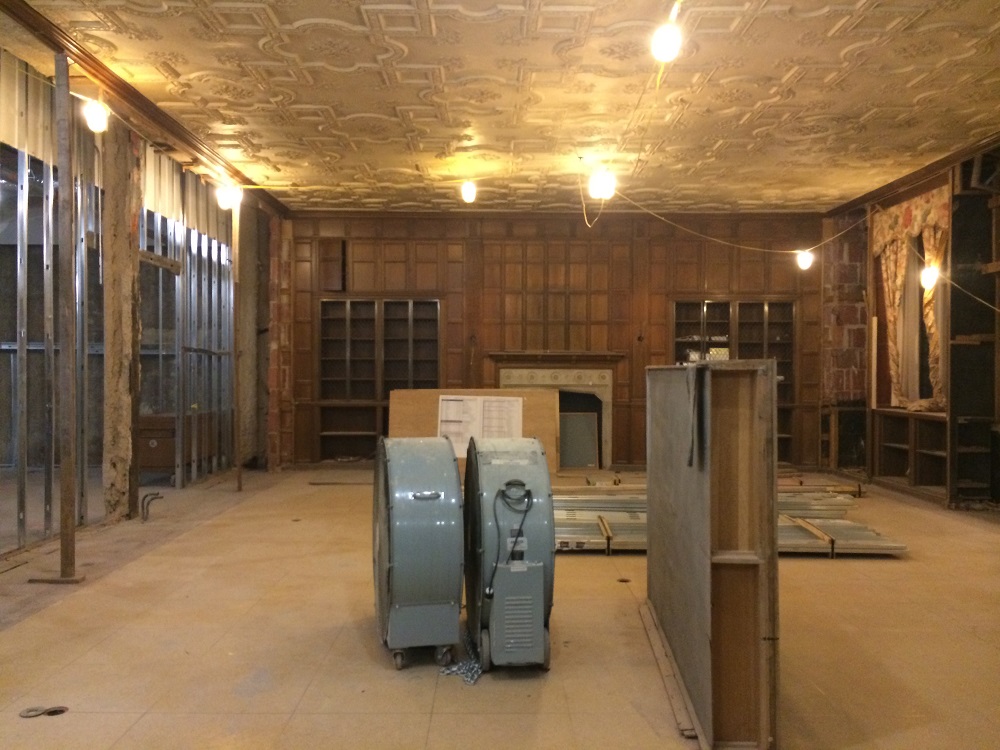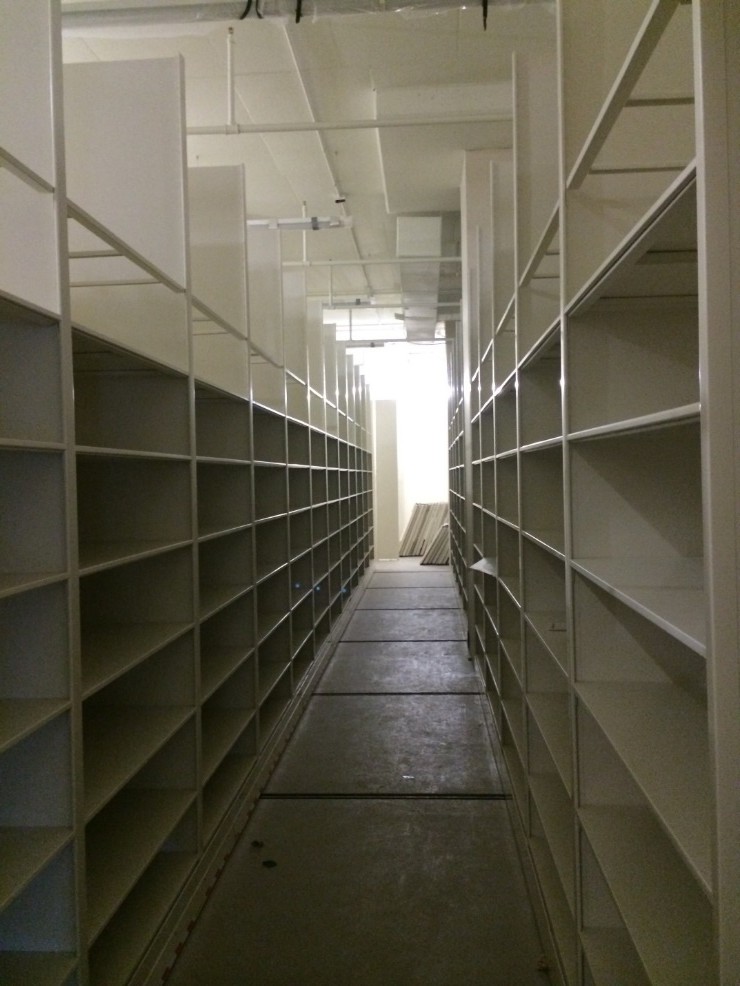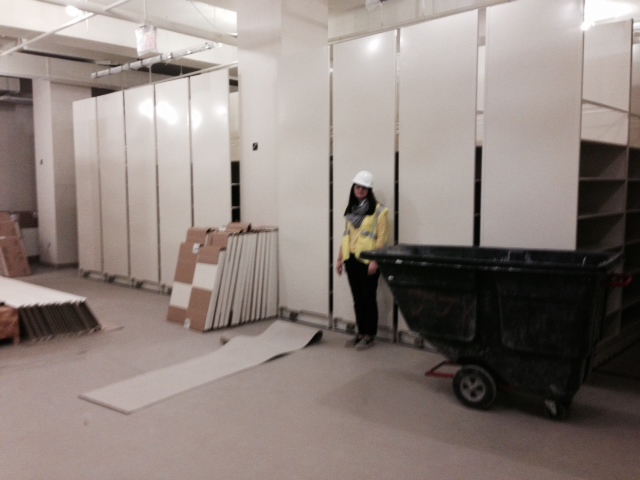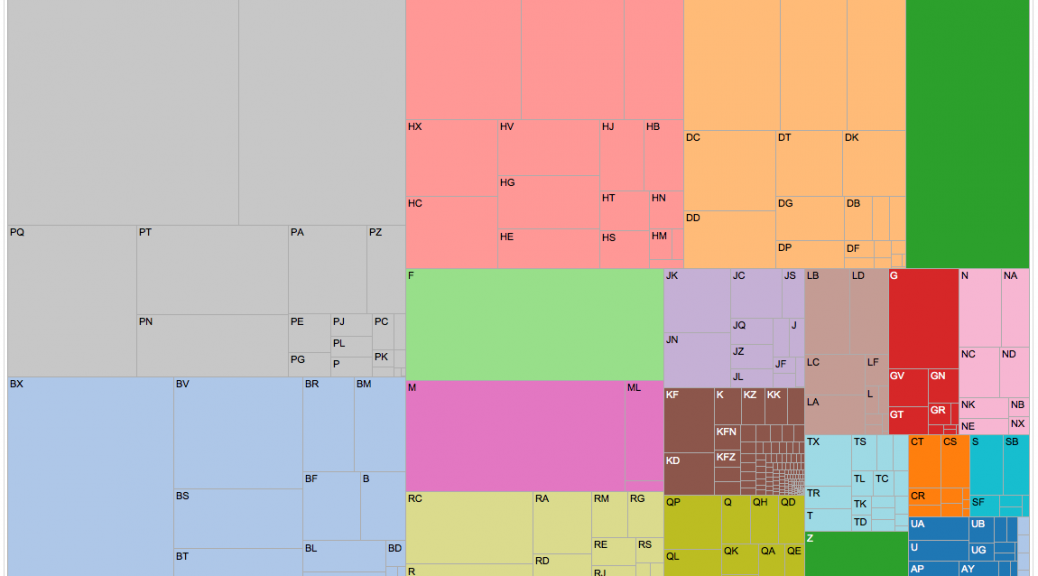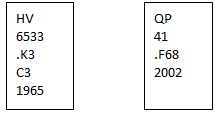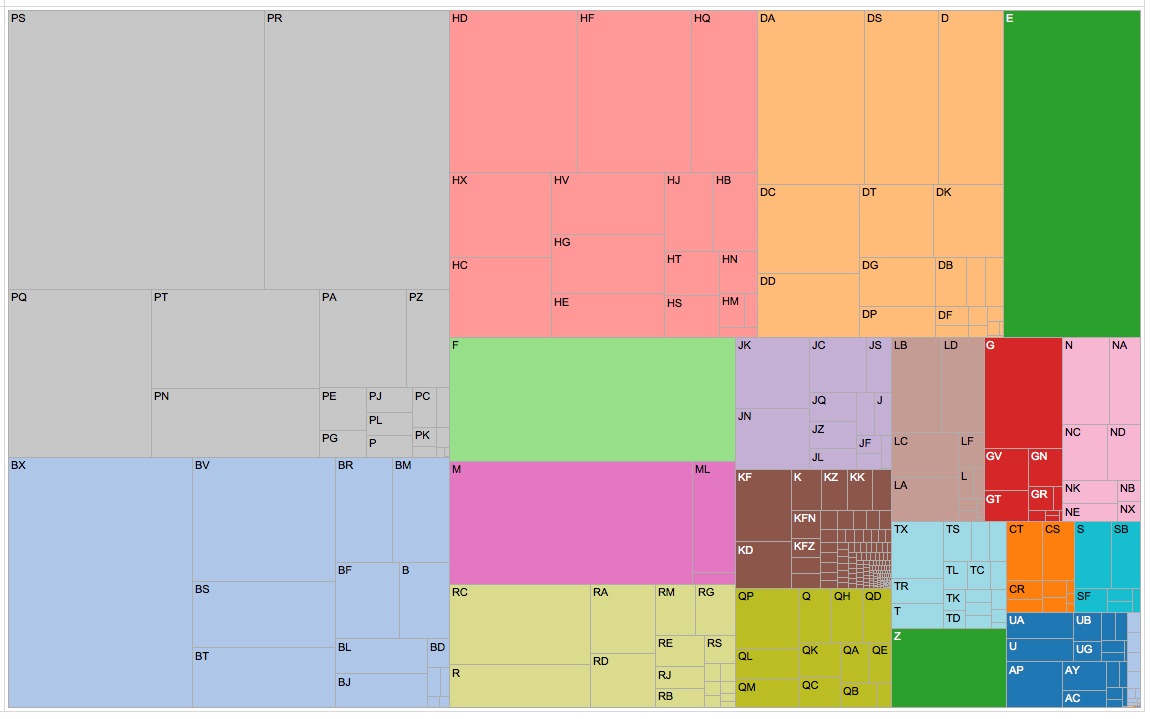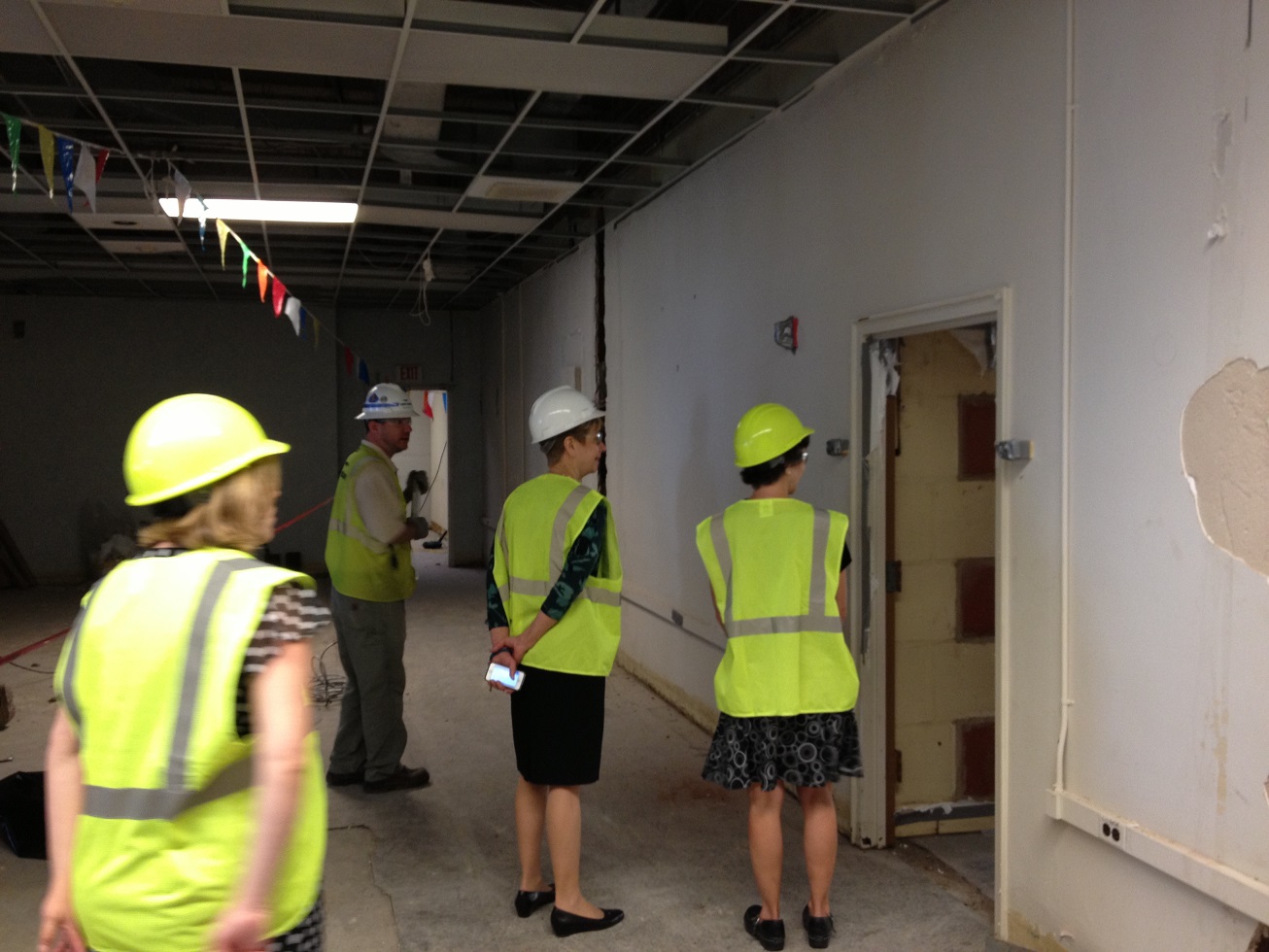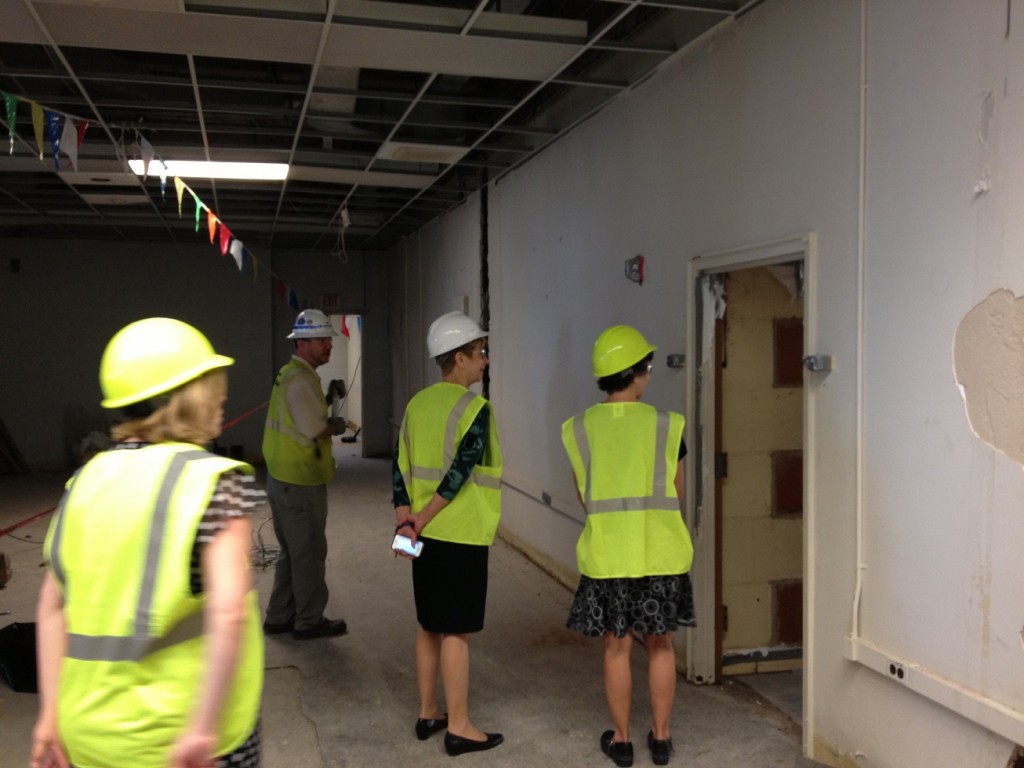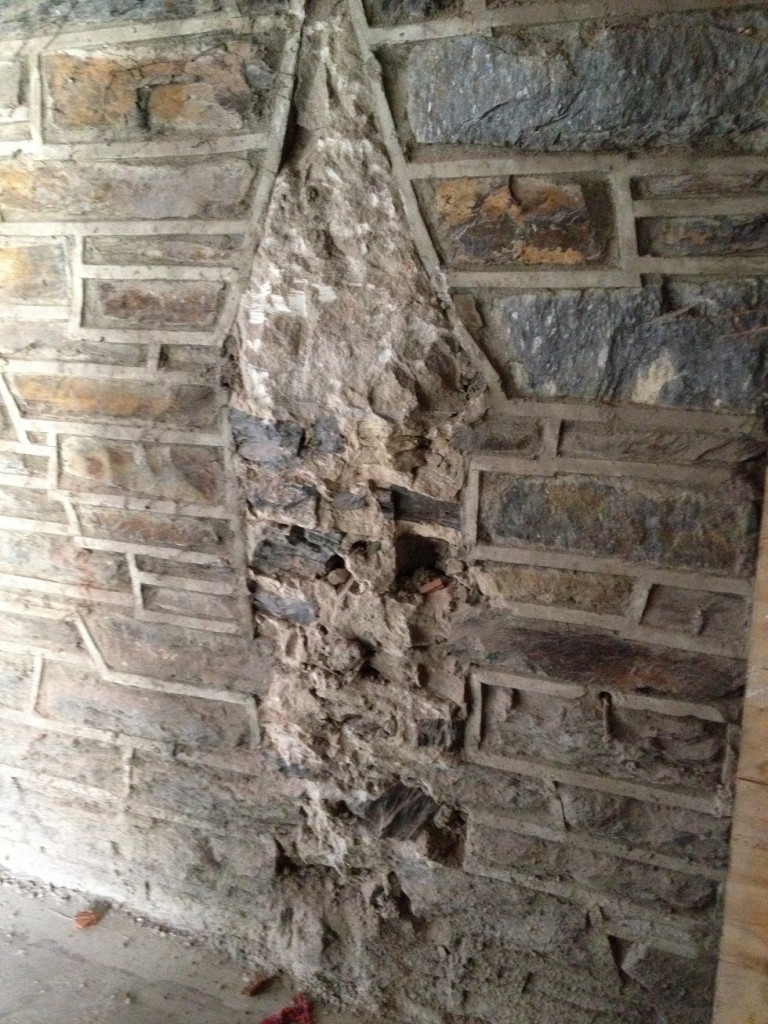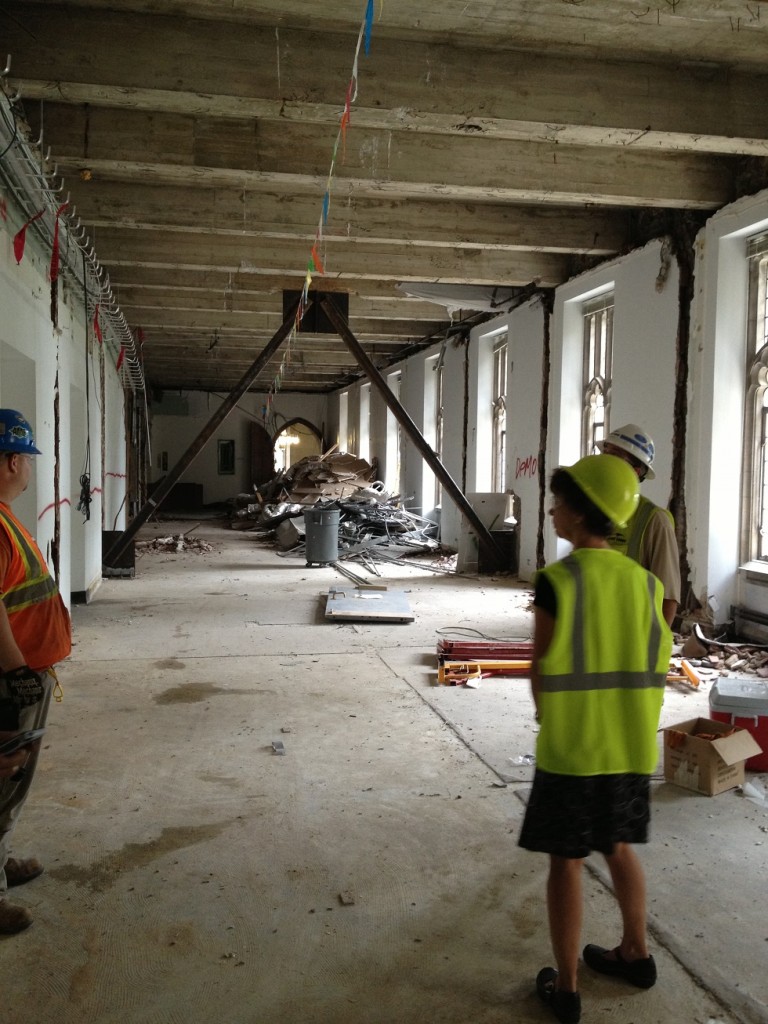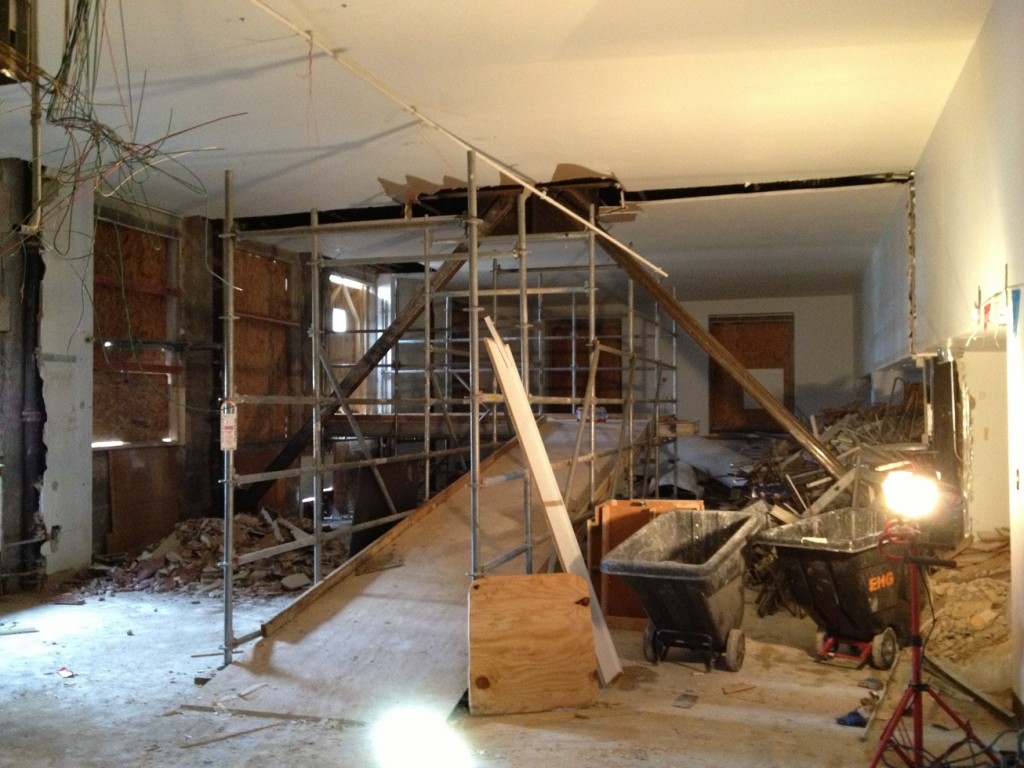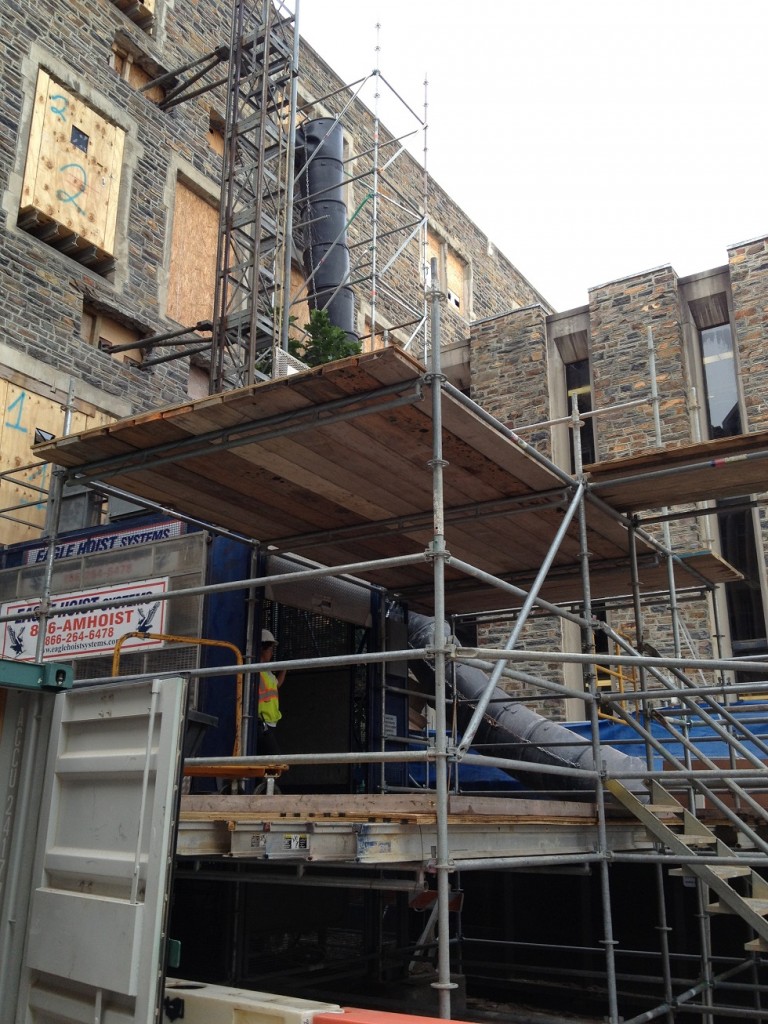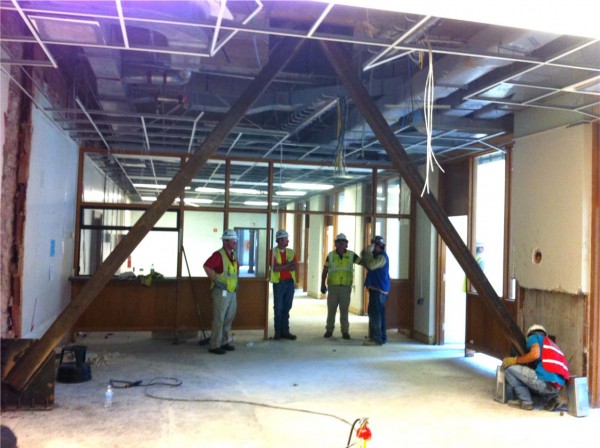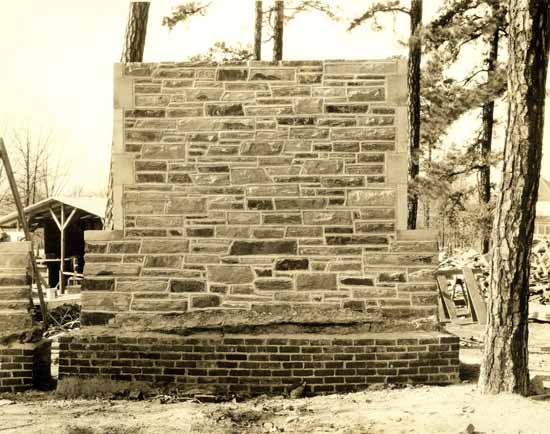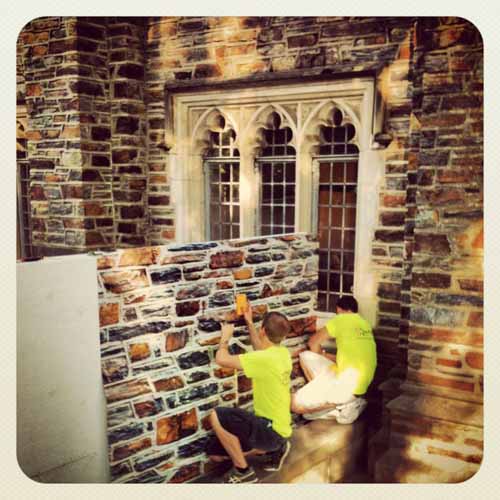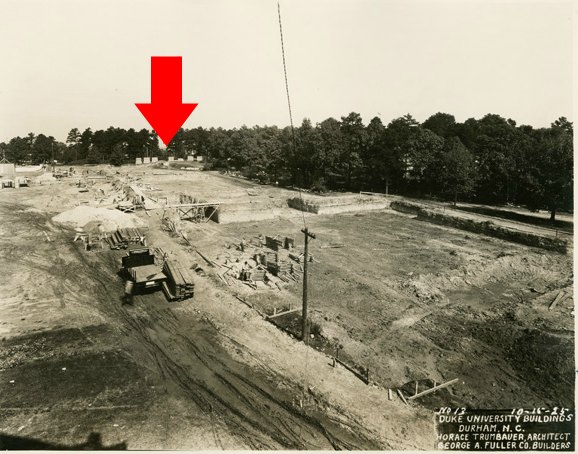Dear readers, take note: it’s now the end of Week Five of the move, and we’re pretty sure we’re all going to have massive and amazing biceps come Winter Break.
This is because our manuscript collections are taking up residence in our new compact shelving. This kind of shelving moves on rails, so the shelves can slide together (in a safe and controlled way) or be cranked apart to access the shelves’ contents. Here’s a video of Kat Stefko, our Head of Technical Services, demonstrating how they work.
So we’ll be cranking these shelves, filled with boxes of manuscripts, open and closed several times each day, to retrieve materials for patrons, to find materials to answer reference questions, to reshelve things, to pull materials for class visits . . . .
We hereby promise that we will not challenge any visiting researchers to arm wrestle. Unless they want to.
Onto other things! We have—and we really can’t believe this—ONE WEEK until we reopen. Over the course of the week, several things have been checked off the reopening “to do” list, and many more are on their way to being completed.
Our talented exhibits staff worked on the installation of one of our opening exhibits, “Languages of Anatomy: From Vesalius to the Digital Age,” which will be on display in the Chappell Family Gallery and features materials from our History of Medicine Collections.
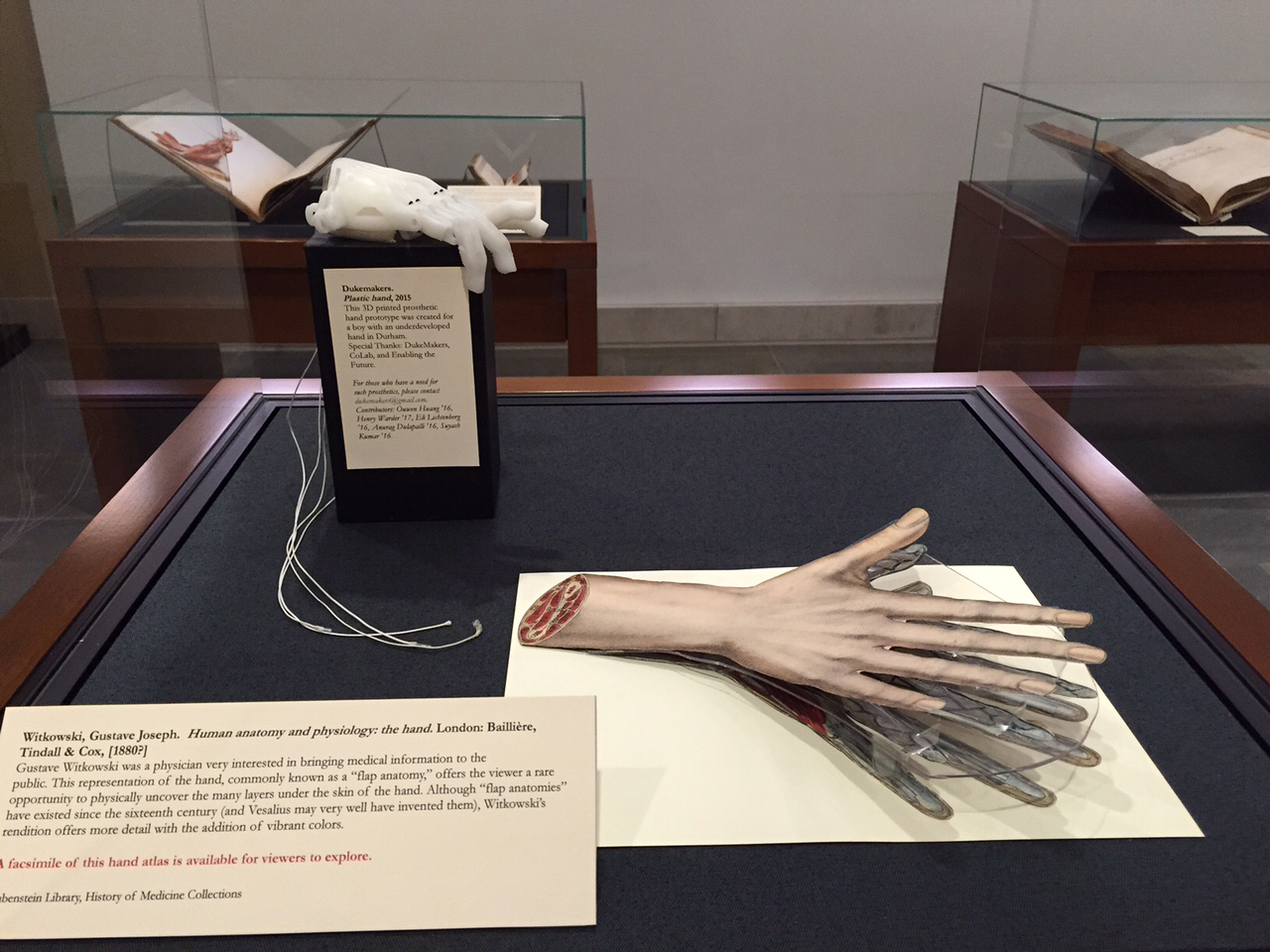
Books were returned to the refurbished bookcases in the beloved Biddle Rare Book Room.
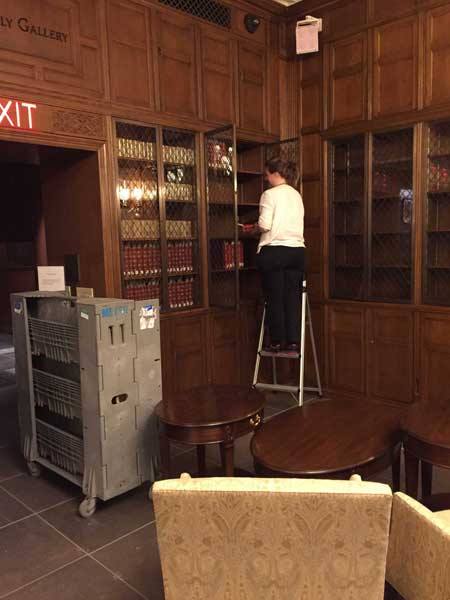
And we finished moving our flat files (an enormous amount of work) and started moving historical medical instruments from the History of Medicine Collections, as well as our early manuscripts.
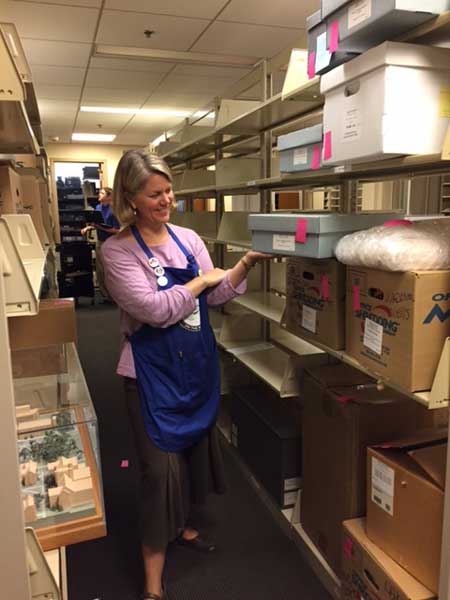
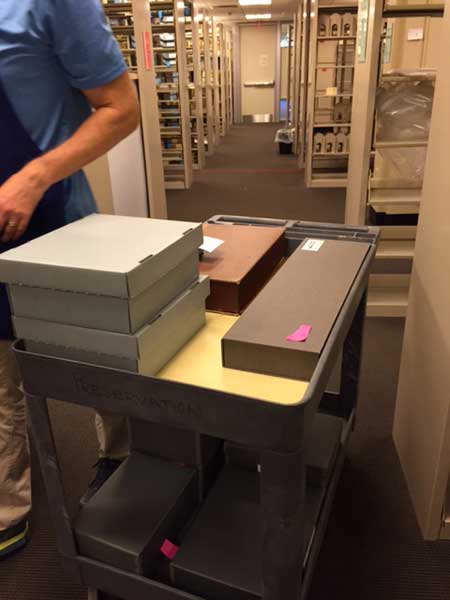
In the photo above, the long box at the right holds HOM’s late 16th or 17th century amputating saw. Here’s what it looks like out of the box, in case you’re curious:
What else did we do? We practiced our teamwork by forming a bucket brigade to shelve manuscript collections.

We discovered, to our dismay, that we are not the most interesting people in the Rubenstein.
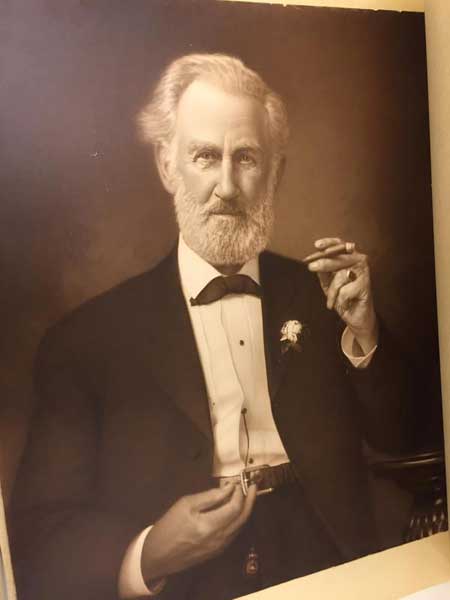
And we found new challenges to test our librarian skills. This one is called “can we get all of the foam book rests to the new reading room in one trip?” (We did.)
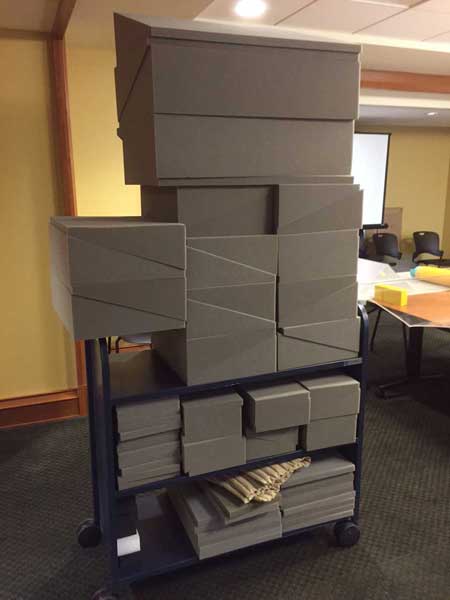
Look at these empty stacks in our temporary 3rd floor space! August 24th, here we come!





